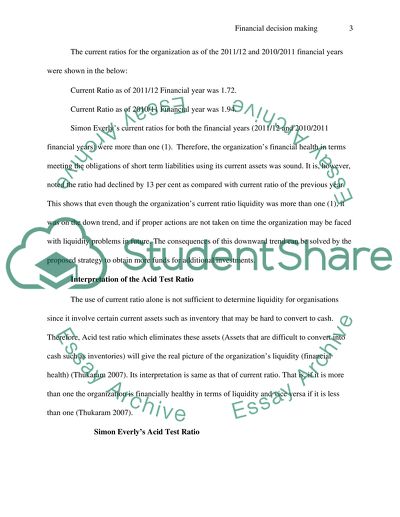Cite this document
(“Simon Everly PLC Financial analysis and decision making Essay”, n.d.)
Retrieved from https://studentshare.org/finance-accounting/1402914-financial-decision-making
Retrieved from https://studentshare.org/finance-accounting/1402914-financial-decision-making
(Simon Everly PLC Financial Analysis and Decision Making Essay)
https://studentshare.org/finance-accounting/1402914-financial-decision-making.
https://studentshare.org/finance-accounting/1402914-financial-decision-making.
“Simon Everly PLC Financial Analysis and Decision Making Essay”, n.d. https://studentshare.org/finance-accounting/1402914-financial-decision-making.


